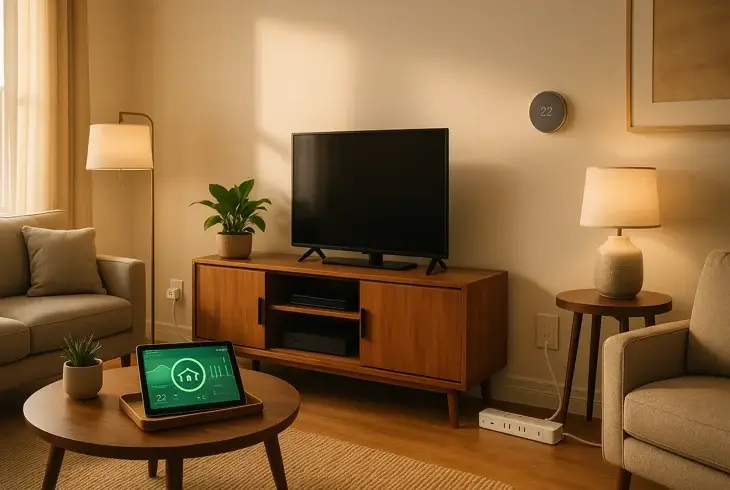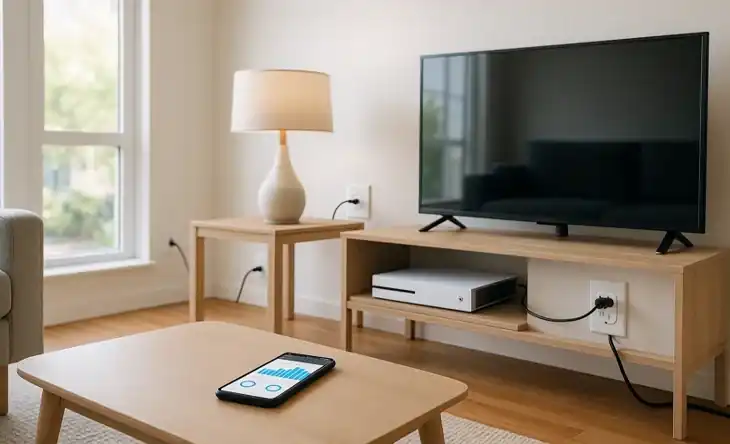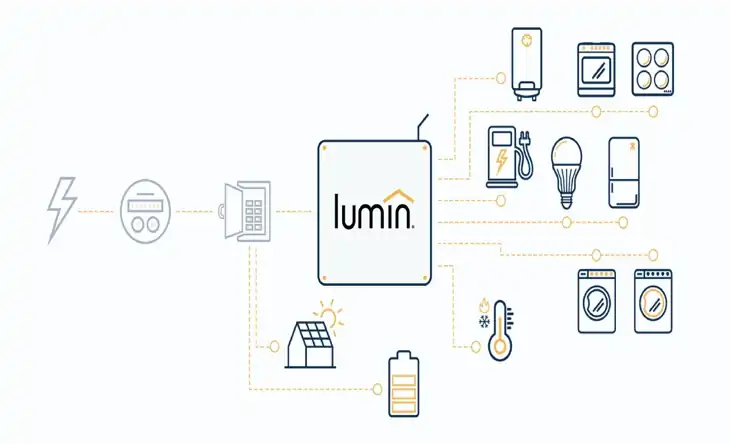Best Power Saver Devices for Home That Really Work 2026
Last Updated: Nov 21, 2025

Short answer: There's no miracle plug in that slashes your bill overnight. The best "power saver devices" are proven tools like advanced power strips, smart plugs, home energy monitors, and smart thermostats that cut standby waste and optimize real usage. Below, you'll see how they work, when to use them, and how to choose the right ones for your home.
For a full walkthrough of smart home basics and how these devices connect, visit Smart Home Technology for Beginners: A Connected Home Guide.
What is a "Power Saver Device", and does it really save power?
"Power saver" is an umbrella term for gadgets marketed to reduce electricity use. They fall into a few useful categories: devices that control loads automatically, monitor usage so you can fix waste, and optimize schedules. By contrast, the infamous "plug-in box" that claims massive savings from power-factor correction rarely helps households, because residential bills are based on energy (kWh), not power factor.
What works: cutting standby loads, automating on/off times, and tuning large loads like HVAC and water heating. What doesn't: a single device that promises 30% - 60% bill cuts with no behavior change.
Benefits You Can Expect (and what you cannot)
- Realistic savings: 5% - 20% when you combine monitoring, automation, and efficient devices in the right places.
- Lower standby losses: kill power to TVs, consoles, office gear when not in use.
- Smoother operation: schedules and presence detection reduce waste and wear.
- Protection: surge protection and (where needed) voltage stabilization increase equipment reliability.
- Not guaranteed: dramatic savings from a single plug in gadget without targeting real loads.
Top "Power Saver" Picks That Actually Work in 2026
Focus on categories with measurable impact rather than "miracle boxes." Start where your home uses the most energy.
Advanced Power Strips (APS)

APS units cut standby automatically—by master-controlled, motion sensing, or timer-based outlets. Ideal for entertainment centers and home offices where phantom loads stack up.
See how to match strip types with your gear in Smart Power Strips: Maximize Home Energy Efficiency.
Smart Plugs and Smart Switches

Schedule on/off, apply away modes, and track device level kWh. Great for space heaters, dehumidifiers, routers, and lamps. Combine with routines to shut groups off at night.
Whole Home Energy Monitors

These reveal real time power, "always-on" baselines, and circuit level hogs. Use the data to retire old fridges, fix misconfigured HVAC, and set ROI driven priorities.
Dive deeper into device options with Top Smart Home Energy Monitoring Devices.
Smart Thermostats and HVAC Controllers
Adaptive schedules, occupancy detection, and geofencing can deliver the largest savings in heating and cooling climates. Works with heat pumps and zoned systems.
Compare leading models in Top 10 Energy-Saving Smart Thermostats for Your Home.
Efficient Lighting (LED + Smart Dimmers/Sensors)
LEDs cut lighting energy dramatically, while occupancy and vacancy sensors prevent lights from staying on in empty rooms. Smart dimmers add comfort and savings.
Surge Protection and Voltage Regulation (where appropriate)
Use for reliability and safety. In areas with unstable voltage, regulation can reduce equipment stress. Do not expect big bill cuts from protection alone.
Water Heating Timers and Smart Controllers
Scheduling water heater cycles, especially with electric tanks, can trim peak use. Pair with low flow fixtures for compounding savings.
How to Choose the Right Device for Your Home
- Start with data: check monthly kWh, your "always-on" load, and peak hours.
- Target big loads first: HVAC, water heating, dehumidifiers, pool pumps.
- Safety and support: look for UL/ETL/CE marks, clear warranties, and transparent apps.
- Ecosystem fit: consider Matter/Thread and your voice assistant of choice.
- ROI check: estimate payback using price and expected annual kWh saved.
Myths vs Facts
- Myth: A single box near the panel cuts bills dramatically.
Fact: Households are billed for kWh, not low power factor. - Myth: Surge protectors save energy.
Fact: They protect equipment; savings come from control and automation. - Myth: "Up to 60% savings" without specifics.
Fact: Real gains require targeting actual loads and behaviors.
Setup Tips for Maximum Savings

- Group devices by room or routine for quick all off control.
- Use occupancy sensors in offices, garages, and guest rooms.
- Create seasonal schedules for HVAC and dehumidifiers.
- Review weekly energy reports; eliminate one "always-on" load at a time.
Alternatives and Upgrades that Multiply Savings
- Weather-strip doors and windows; seal ducts; tune thermostat setpoints.
- Upgrade to Energy Star appliances when replacements are due.
- Add smart blinds or shades to reduce HVAC run time and heat loss.
- Consider time of use automations and solar where viable.
Conclusion
There's no magic plug in. The best "power saver devices" are those that control, monitor, and automate how your home actually uses energy. Start with an advanced power strip, add smart plugs where standby is high, track usage with a home energy monitor, and optimize HVAC with a smart thermostat. Combine these with basic efficiency upgrades and you'll see real, compounding savings.






